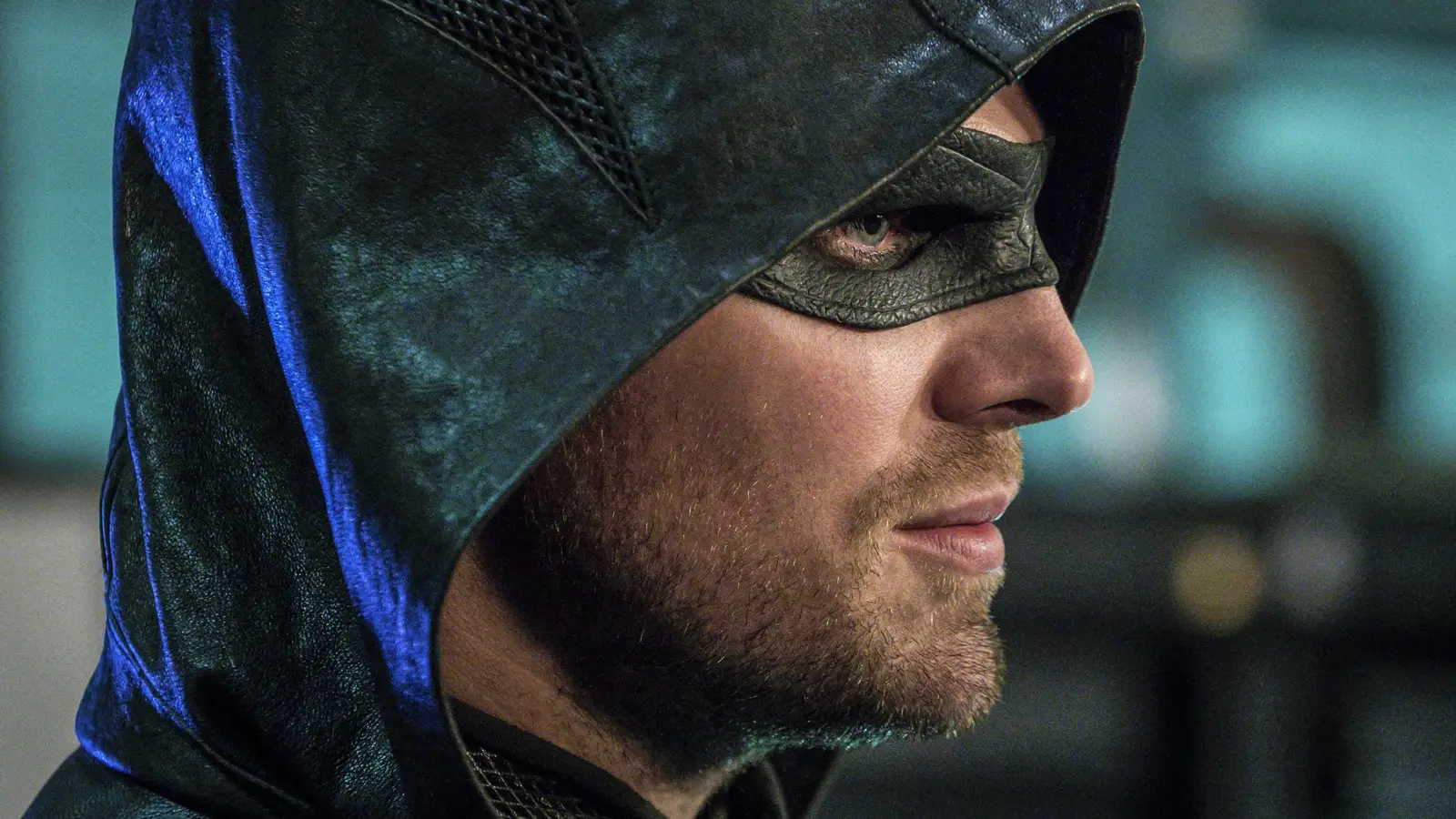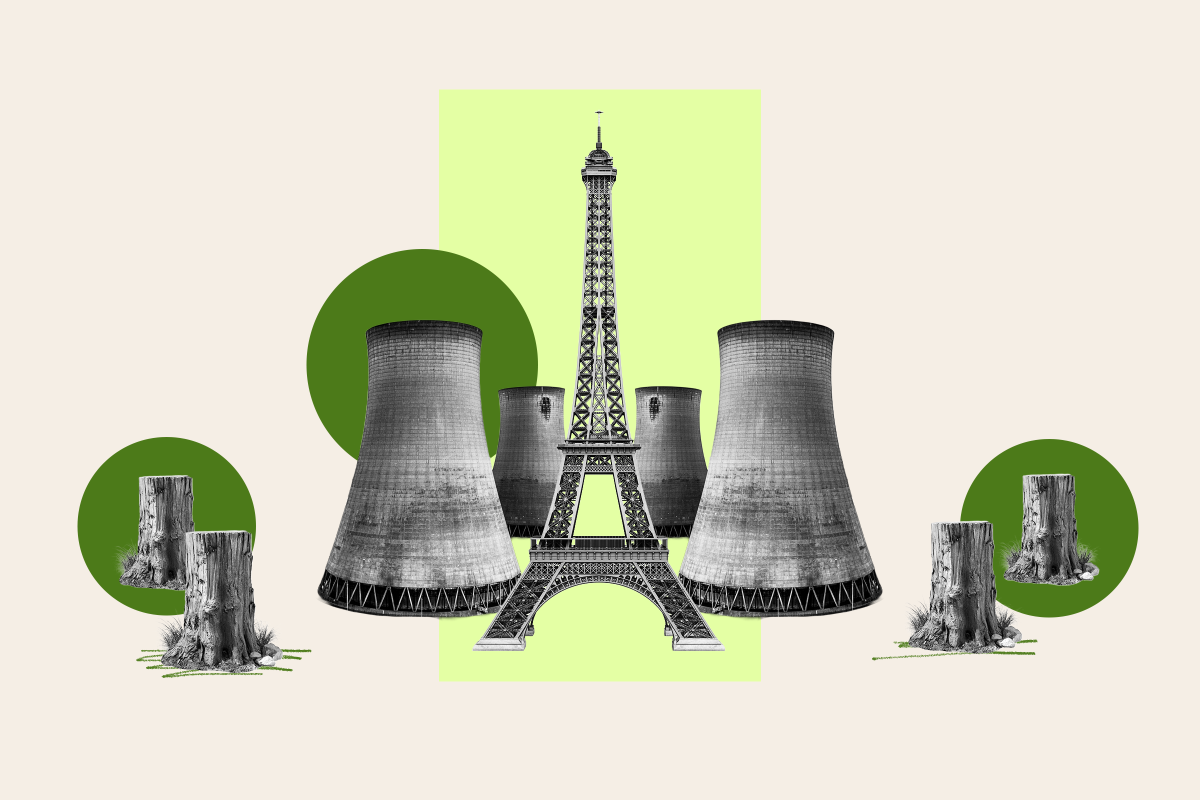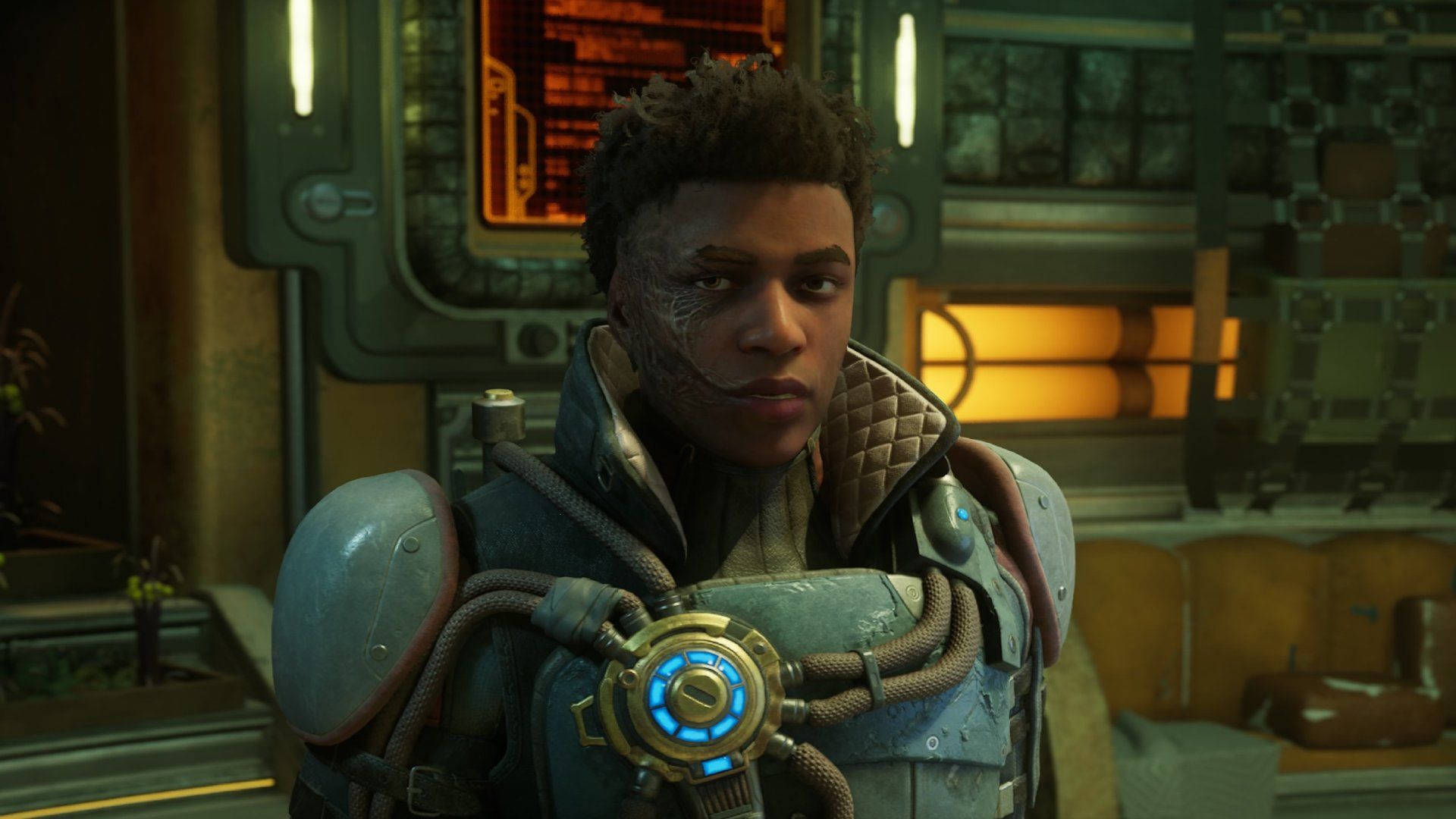Copyright Screen Rant

MCU and DC superhero shows have a habit of hiding their brilliance behind slow starts or misleading tones. The first episodes often play it safe, introducing worlds and powers before the real depth kicks in. Some viewers drop off before these stories truly take flight – missing out on complex storytelling, emotional arcs, and genre-defying twists that come later. While some series hook audiences instantly, others quietly evolve into some of the most inventive TV in the superhero genre. These shows may start with familiar setups or uneven pacing, but their later episodes reveal bold themes and unforgettable characters. Their first impressions don’t do justice to what they eventually become. From campy beginnings to misunderstood pilots, these superhero series transformed themselves into small-screen masterpieces. They pushed the boundaries of what superhero storytelling could be. While nobody would ever have guessed it from the first episode, they’ve become some of the best ever made. Agents of S.H.I.E.L.D. (2013–2020) Marvel’s Agents of S.H.I.E.L.D. began as a fairly standard procedural. The “spy team investigates superpowered cases” concept felt like a side project to the MCU’s movie juggernaut. The pilot leaned heavily on quips, tech jargon, and familiar Marvel references without yet offering the emotional weight viewers wanted. However, Agents of S.H.I.E.L.D. soon found its identity. By season one’s midpoint, the Captain America: The Winter Soldier tie-in flipped the show’s premise on its head, turning S.H.I.E.L.D. into fugitives and revealing shocking betrayals. Suddenly, this wasn’t just background noise to the films; it was essential viewing. From there, Agents of S.H.I.E.L.D. evolved into an emotionally rich, time-bending epic exploring identity, sacrifice, and humanity under pressure. It juggled alien invasions, AI rebellions, and love stories across galaxies, all while keeping its characters grounded. It’s unclear from episode one just how ambitious and heartfelt this show would become. Doom Patrol (2019–2023) At first glance, Doom Patrol seemed like a chaotic mix of misfit superheroes and bizarre humor. The pilot threw audiences into surreal flashbacks and tragic origin stories without much explanation. This left many wondering what kind of show it wanted to be. Its oddball tone could easily be mistaken for parody. However, as the series unfolded, Doom Patrol revealed itself as one of the most emotionally profound superhero dramas ever made. Each character’s trauma (from Robotman’s guilt to Jane’s dissociative struggles) was treated with startling empathy and surreal metaphor. Beneath its absurd imagery was a story about healing and identity. By embracing its strangeness, Doom Patrol became a bold exploration of what it means to be broken and human. What started as a weird sideshow evolved into an introspective, fearless masterpiece. It turned comic book misfits into some of the genre’s most compelling heroes. Legion (2017–2019) The first episode of Legion is deliberately confusing – a kaleidoscope of hallucinations, time jumps, and unreliable narration. Many viewers left unsure if it was brilliance or incoherence. The pilot barely resembles a superhero show at all, hiding its mutant DNA beneath layers of psychological surrealism. Yet that disorientation was the point. As Legion progressed, it became a mind-bending meditation on mental illness, power, and identity. Dan Stevens’ portrayal of David Haller anchored the show’s reality-warping spectacle with a fragile humanity that made every twist meaningful. Visually daring and narratively experimental, Legion broke every rule of comic book TV. It fused arthouse filmmaking with superhero mythology in ways no other series dared to try. The pilot’s chaos eventually gave way to coherence, and by its finale, Legion had proven itself a true work of television art disguised as a superhero story. Arrow (2012–2020) When Arrow debuted, it felt like a gritty yet familiar take on vigilante justice. The pilot borrowed heavily from Christopher Nolan’s Batman tone: brooding narration, parkour fights, and flashbacks to an island origin story. It looked competent but predictable, another dark hero drama amid many. What followed, however, redefined modern superhero television. Arrow expanded its mythology and emotional depth with each season, introducing characters who’d become DC icons, from Deathstroke to the Flash. Its flashback structure deepened Oliver Queen’s complexity, transforming him from a vengeful killer into a morally conflicted leader. By balancing action with heartfelt storytelling, Arrow laid the foundation for the Arrowverse. It spawned a connected universe that would birth multiple successful shows. The pilot hinted at potential, but few could’ve guessed it would grow into an influential, character-driven saga that reshaped superhero TV for nearly a decade. The Flash (2014–2023) The Flash launched with charm and optimism, but its pilot seemed like another upbeat origin story. It offered a blend of light humor, science jargon, and basic villain-of-the-week setup. It was fun but formulaic, especially following the darker Arrow. Soon, however, the series revealed its emotional depth. Barry Allen’s grief, the moral dilemmas of time travel, and the show’s exploration of legacy and destiny turned it into something much richer. Tom Cavanagh’s multiple versions of Harrison Wells and Grant Gustin’s heartfelt performance grounded the spectacle with sincerity. The Flash balanced heart and high-concept science fiction with ease. Over time, it became the emotional core of the Arrowverse — not because of its speedster battles, but because of its themes of love, loss, and perseverance. The first episode barely hinted at how deeply moving and ambitious the show would become, eventually eclipsing the disappointing live-action movie. Batman (1966–1968) At first glance, Adam West’s iconic Batman looked like a campy kids’ show filled with puns, colorful villains, and “POW!” effects. The pilot episode leaned so hard into slapstick humor that critics dismissed it as comic fluff, ignoring the intelligence behind its absurdity. However, over time, Batman revealed itself as an ingenious piece of pop art. Its self-aware writing, bold production design, and iconic performances by West and Burt Ward created a sly satire of heroism and 1960s culture. The show’s humor was sharper than it seemed; it knew exactly what it was mocking. By the time Batman: The Movie was released, the show had proven itself a dynamic and astute send-up. Today, Batman is recognized as both hilarious and pioneering. It influenced decades of superhero media with its vivid style and tonal confidence. Beneath the campy first impression was a clever, genre-defining masterpiece that celebrated and subverted superhero storytelling at the same time. WandaVision (2021) WandaVision’s premiere was notably confusing. The first two episodes mimicked black-and-white sitcoms so faithfully that it was hard to wonder if it could capture the magic of the MCU’s mighty cinema run. It was certainly unclear how the show would develop. Its laugh tracks and retro humor masked a strange melancholy that wouldn’t pay off until later. Then the cracks began to show. As reality bent and grief surfaced, WandaVision evolved into an extraordinary psychological exploration of loss and denial. Elizabeth Olsen’s performance turned Wanda Maximoff’s pain into something operatic, and the sitcom framework became a metaphor for emotional repression. It was so compelling that it spawned multiple other shows, including Agatha All Along. By the end, WandaVision had transformed from a curiosity into one of Marvel’s boldest and most intimate projects. What started as a charming gimmick became a meditation on mourning, identity, and the nature of escapism. WandaVision proved that true masterpieces don’t always announce themselves in the pilot.



